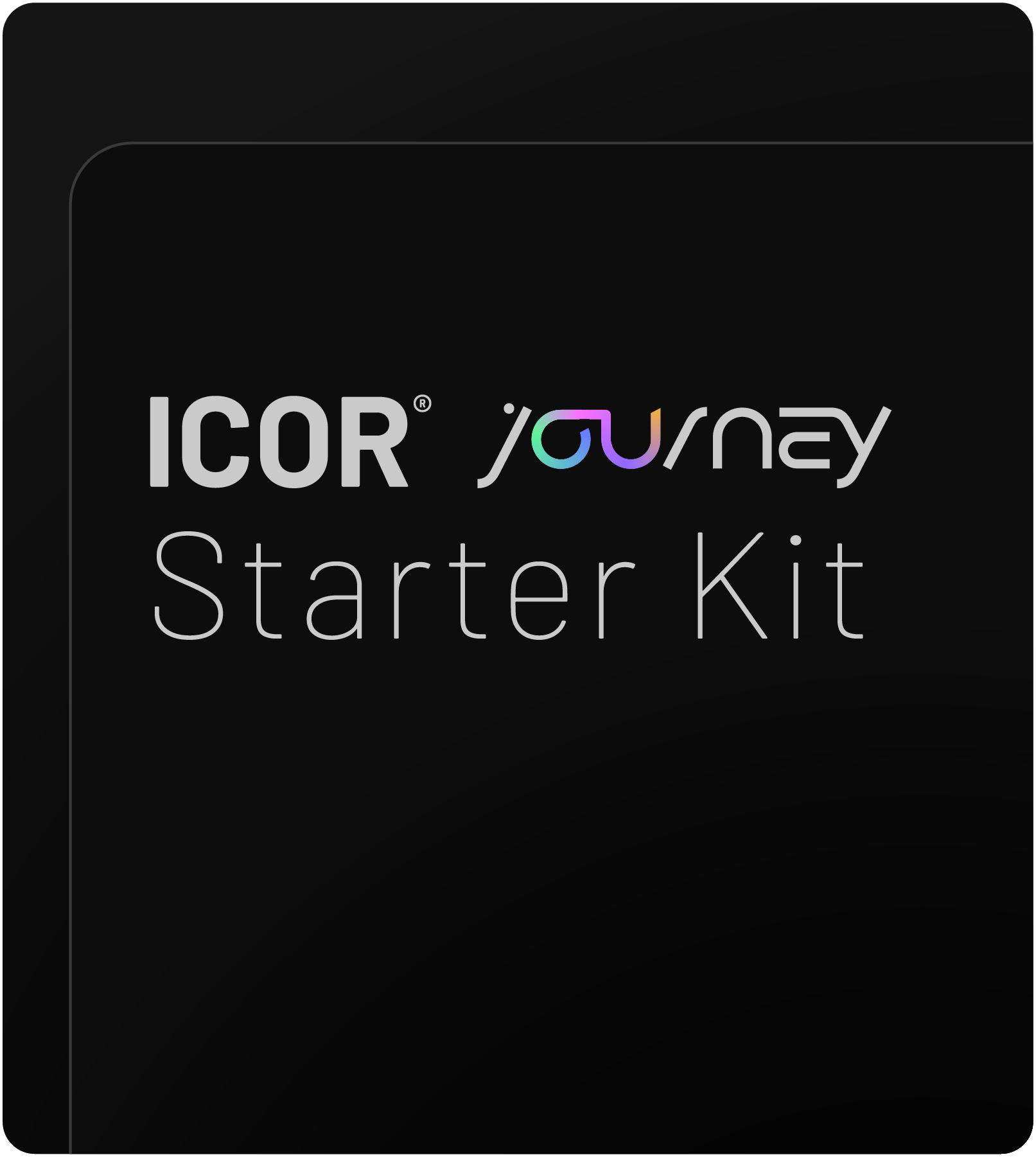Navigating the world of productivity as a Busy Professional can be overwhelming. The internet is flooded with countless productivity methods, each promising to be the ultimate solution. However, real-world experience shows that many of these so-called “hacks” don’t hold up under the pressures of corporate life. Instead of blindly following popular methods, it’s crucial to understand what truly moves the needle. Here are some common productivity myths that simply don’t work—and the practical alternatives that do.
Being Busy Does Not Equal Being Productive
For years, many professionals equate long hours with productivity. The reality? Constant busyness often leads to burnout rather than meaningful results. Instead of filling every minute with tasks, the key is to prioritize impactful work. Shifting focus from shallow, routine tasks to high-value deep work ensures that time is spent effectively.
The Pomodoro Technique Isn’t for Everyone
The Pomodoro Technique, which breaks work into 25-minute intervals, sounds great in theory. However, for deep, complex tasks, these short breaks can feel disruptive rather than helpful. A better alternative is to block out longer deep work sessions—typically one to three hours—allowing for uninterrupted focus. Using a simple timer to track time without forcing strict breaks can help maintain momentum while staying aware of how much has been accomplished.
Time Blocking Isn’t a Guarantee for Productivity
Many professionals use Task Management tools to schedule every minute of their day, but rigid time blocking can quickly collapse under real-world conditions. Instead, reserving one large deep work block for critical tasks and a flexible slot for lower-energy work like Email Management or meetings is a more adaptable approach. Completing the most important task early in the day ensures that unexpected events don’t derail progress.
GTD Adds More Work Than It Solves
Getting Things Done (GTD) is widely praised, but it often leads to excessive time spent managing tasks rather than completing them. The problem? Overcomplicated lists and too much effort spent organizing rather than executing. The key is simplifying Task Management by clearly defining goals, projects, and priorities—ensuring that only necessary tasks are captured and acted upon.
Prioritization Systems Like the Eisenhower Matrix Are Overcomplicated
The Eisenhower Matrix, which categorizes tasks by urgency and importance, can be difficult to apply in real-time. A more effective method is to focus solely on two categories: goal-oriented tasks and urgent business continuity tasks. If a task isn’t aligned with a goal or an immediate business necessity, it doesn’t require attention. This streamlined approach eliminates the distraction of mid- and low-priority tasks, preventing unnecessary work.
Yearly Goal Planning Fails in a Fast-Paced Environment
Yearly goal reviews often feel disconnected from daily work. A better approach is quarterly goal planning, breaking larger objectives into manageable 90-day sprints. By reviewing progress every quarter, professionals can adjust strategies and stay on track, rather than scrambling to meet objectives at the last minute.
Deadlines Enhance Productivity, Not Kill Creativity
While strict deadlines may seem like creativity killers, they actually sharpen focus. According to Parkinson’s Law, work expands to fill the time available. By setting shorter deadlines and embracing the Pareto Principle—where 80% of results come from 20% of effort—Busy Professionals can achieve high-quality work efficiently without getting stuck in perfectionism.
Multitasking Reduces Efficiency
Switching between emails, meetings, and project work may seem productive, but it drains energy and reduces focus. Instead, structuring work into deep and shallow work blocks ensures that each task receives full attention. Tools like Sunsama help professionals balance daily planning without falling into the trap of multitasking.
Capturing Everything Creates Chaos
Many productivity methods encourage capturing every thought, idea, or task. However, an overflowing note-taking system quickly becomes cluttered and unusable. The key is defining a Single Source of Truth (SSOT) for each piece of information—whether it belongs in a Task Manager, Project Management tool, or Knowledge Management system—ensuring easy retrieval without redundancy.
The “Ultimate” Productivity App Does Not Exist
Many professionals search for a single app to handle everything, but no single tool can manage the complexity of modern work. Instead of forcing all workflows into one tool, it’s best to use specialized apps—Task Management for tasks, Note-Taking for insights, and Project Management for collaboration. When each tool serves its specific purpose, productivity improves without unnecessary friction.
Templates Can Do More Harm Than Good
Pre-built templates in apps like Notion and ClickUp promise quick solutions but often lack flexibility. They can lock professionals into rigid workflows that don’t align with their unique needs. Instead of relying on templates, building simple, customizable systems tailored to individual work habits leads to a more effective workflow.
Rigid Productivity Systems Break Under Real-World Pressure
No single system works for every professional, and rigid frameworks often fail when unexpected challenges arise. A successful productivity system must be adaptable—allowing for structured workflows while remaining flexible enough to handle real-life disruptions.
Motivation Is Overrated—Systems Matter More
Relying on motivation to get things done leads to inconsistency. The real key to productivity is building a system that operates on autopilot. Well-structured routines, clear priorities, and defined workflows ensure that progress continues—even on days when motivation is low.
A Holistic Approach to Productivity
Through years of trial and error, it became clear that productivity isn’t about using trendy methods or chasing hacks. It’s about designing a comprehensive, end-to-end system that aligns with both professional and personal life. This is exactly why ICOR® (Input, Control, Output, Refine) was developed—a structured methodology that helps Busy Professionals establish sustainable, business-proven productivity systems.
If you’re ready to take control of your productivity with a system that actually works, we invite you to join the Paperless Movement® Membership. Our methodology has already helped thousands of professionals eliminate inefficiencies, work smarter, and achieve their goals—without burning out. Start your ICOR® journey today!




